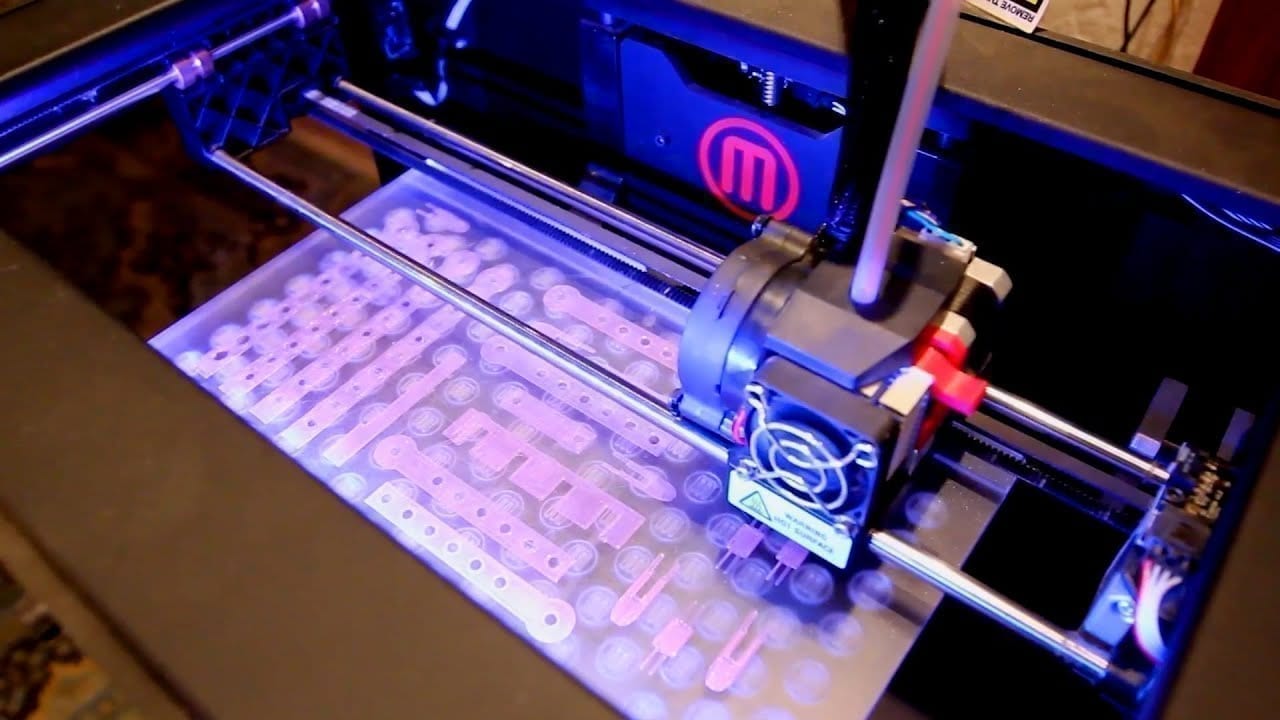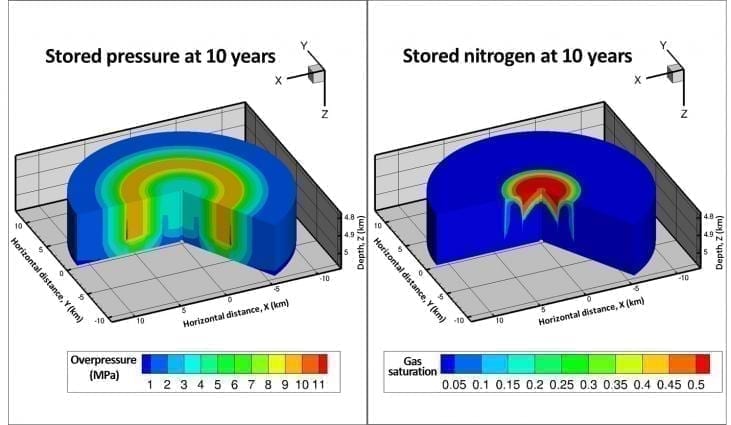
A Stanford law professor warns that in a world of 3-D printing, people may not be protected under traditional product liability law if they buy a risky home-printed object and get hurt. Rather, they could be left to pursue harder-to-prove negligence lawsuits.
While 3-D printing technology empowers people to create amazing objects once unimagined, it also raises red flags on the legal concept of strict product liability, according to a Stanford law professor.
Nora Freeman Engstrom, an associate professor, published her research in the University of Pennsylvania Law Review, exploring how 3-D printing is poised to challenge the American litigation landscape.
3-D printers can produce elaborate three-dimensional products of almost any shape, working from designs on a computer screen. The technology has become affordable for individuals, allowing them in effect to become “manufacturers” of any number of objects, from plastic vases to bionic ears, and from high heels to handguns.
What does this mean for consumer protection? That’s the crux of Engstrom’s legal question.
“Following any significant technological breakthrough,” she wrote, “legal scholars, practitioners and policymakers must consider how the innovation meshes with – or poses challenges to – our existing laws and system of governance. Will it fit? What must change? Where are the pitfalls and opportunities? 3-D printing is no exception.”
Winning a lawsuit
Under current “strict liability” product law, a person who is injured by a defective product can win a lawsuit without necessarily showing that the maker or distributor of the product was negligent.
“This means,” she said, “if you fall ill from eating tainted peanut butter you purchased at, say, Wal-Mart, you can sue Wal-Mart for your injuries – and you can prevail in that lawsuit even if Wal-Mart used all possible care in the peanut butter’s selection, storage and sale.”
On the other hand, Engstrom said, a person injured by a home-printed product would likely only be left with a negligence-based lawsuit. Negligence focuses on proving that the manufacturer, distributor or seller of the product was careless – a higher hurdle.
Why is the legal treatment different for home-printed products? She said that part of the answer is due to the “commercial-casual divide” in product liability doctrine. “This divide refers to the fact that product liability law only applies to ‘commercial’ sellers – defined as those engaged in the business of selling or otherwise distributing products.”
Casual sellers, such as a housewife who makes and sells jam or a child who makes and sells lemonade, fall outside the scope of product liability laws. Engstrom said that hobbyist 3-D inventors, who print products in their garages and on their kitchen countertops, are arguably casual, rather than commercial sellers – so strict product liability laws likely won’t apply.
As a result, she said, if home 3-D printing “really does take off, product liability litigation as we know it may, in large measure, dry up.” At the least, she said, it will erode some of the protections under the current doctrine.
The Latest on: 3-D printing product liability issues
[google_news title=”” keyword=”3-D printing product liability issues” num_posts=”10″ blurb_length=”0″ show_thumb=”left”]
via Google News
The Latest on: 3-D printing product liability issues
- Bell Buckle Holdings Announces Mergeron May 1, 2024 at 10:49 am
Boca Raton, Florida-- (Newsfile Corp. - May 1, 2024) - Bell Buckle Holdings, Inc. (OTC Pink: BLLB) today issued the following update on its merger agreement with Green Mantis LLC.
- Texas Eats Food Festival Instagram Sweepstakes Official Ruleson April 30, 2024 at 7:42 pm
NO PURCHASE NECESSARY. A PURCHASE WILL NOT INCREASE YOUR CHANCES OF WINNING. VOID WHERE PROHIBITED.
- 3D Printing in Biomedical Sensing Technologyon April 30, 2024 at 5:00 pm
As each layer is deposited, the build platform lowers to accommodate the new layer and eventually forms the desired 3D object. 3 ... product, particularly for miniaturized objects like biosensors, ...
- Zebra Technologies (ZBRA) Q1 2024 Earnings Call Transcripton April 30, 2024 at 1:45 pm
Operator instructions] Please note, this event is being recorded. I would now like to turn the conference over to Mike Steele, vice president investor relations. Please go ahead.Mike Steele -- Vice ...
- LANXESS Unveils Innovative Solutions for Water Treatment and Recycling at IFAT 2024on April 30, 2024 at 8:38 am
LANXESS is set to showcase its latest advancements in water treatment and recycling technologies at IFAT 2024 in Munich, from May 13 to 17, 2024.
- Mexico’s Trade Triumph: A Catalyst for 3D Printing Evolutionon April 30, 2024 at 7:37 am
Charles R. Goulding and Preeti Sulibhavi examine Mexico overtaking China as the top trade partner of the U.S. and how it can spur 3D printing's potential.
- 3 3D Printing Stocks With the Potential to Make You an Overnight Millionaireon April 30, 2024 at 4:07 am
Not too long ago, analysts and early adopters touted the technology of 3D printing as the future of manufacturing. Then came market corrections and concerns surrounding the feasibility of long-term ...
- Industry Voices: Is Micro-3D Printing the Future for Tiny Parts?on April 29, 2024 at 2:25 pm
Additive manufacturing is becoming an efficient and cost-effective alternative to traditional micro-manufacturing methods such as molding.
- STARAY Shines At Milan Design Week: Chinese 3D Printing Empowers The Rise Of Global Fashion!on April 29, 2024 at 11:48 am
Milan Design Week · China Week grandly opened, attracting the attention of the global fashion industry. With the theme“Cent ...
- WWE Smackdown Tickets Sweepstakes Official Ruleson April 24, 2024 at 1:44 pm
WWE Smackdown Ticket Sweepstakes Official Rules. NO PURCHASE NECESSARY. A PURCHASE WILL NOT INCREASE YOUR CHANCES OF WINNING. VOID WHERE PROHIBITED. General. By submitting an entr ...
via Bing News










